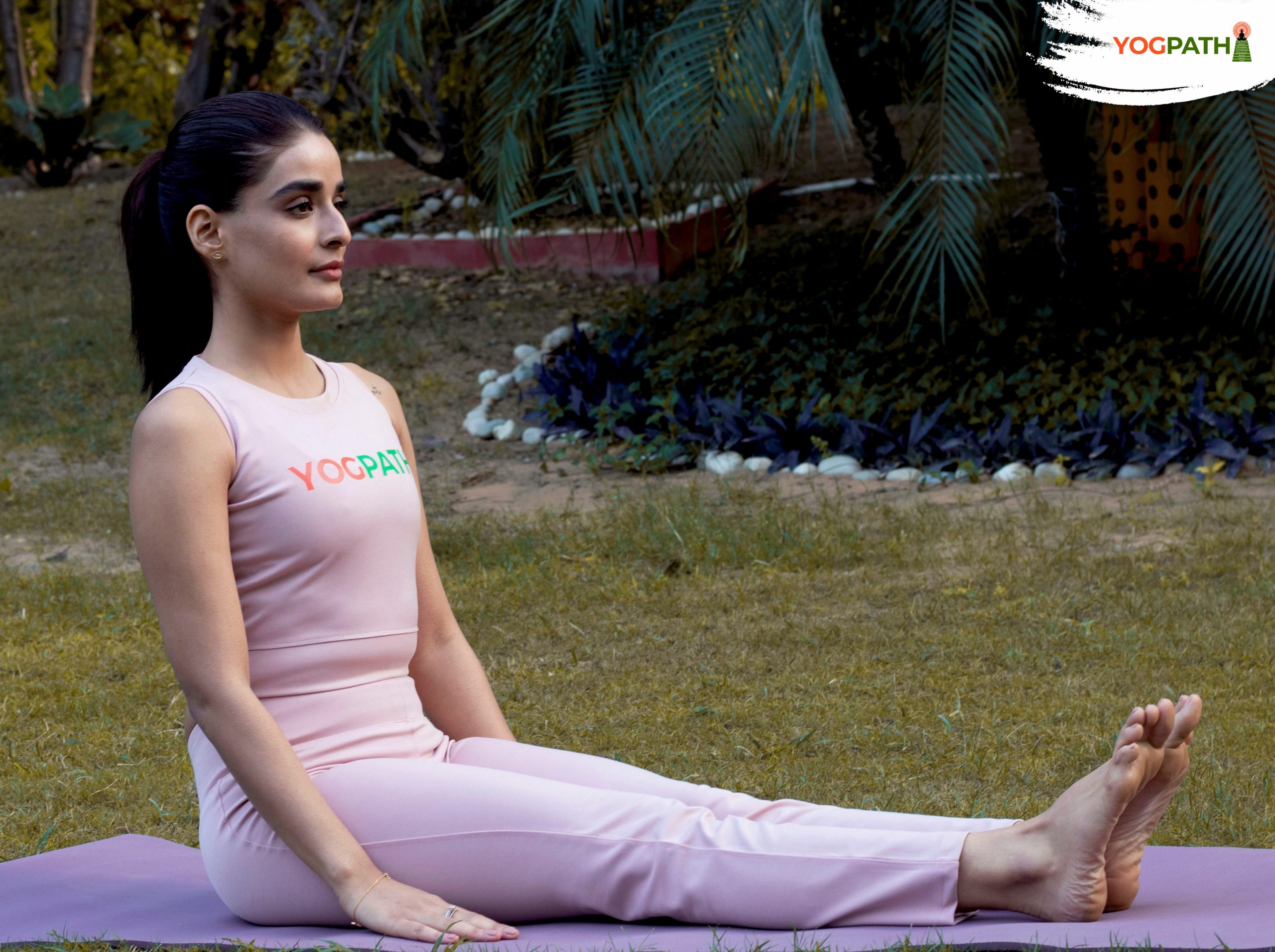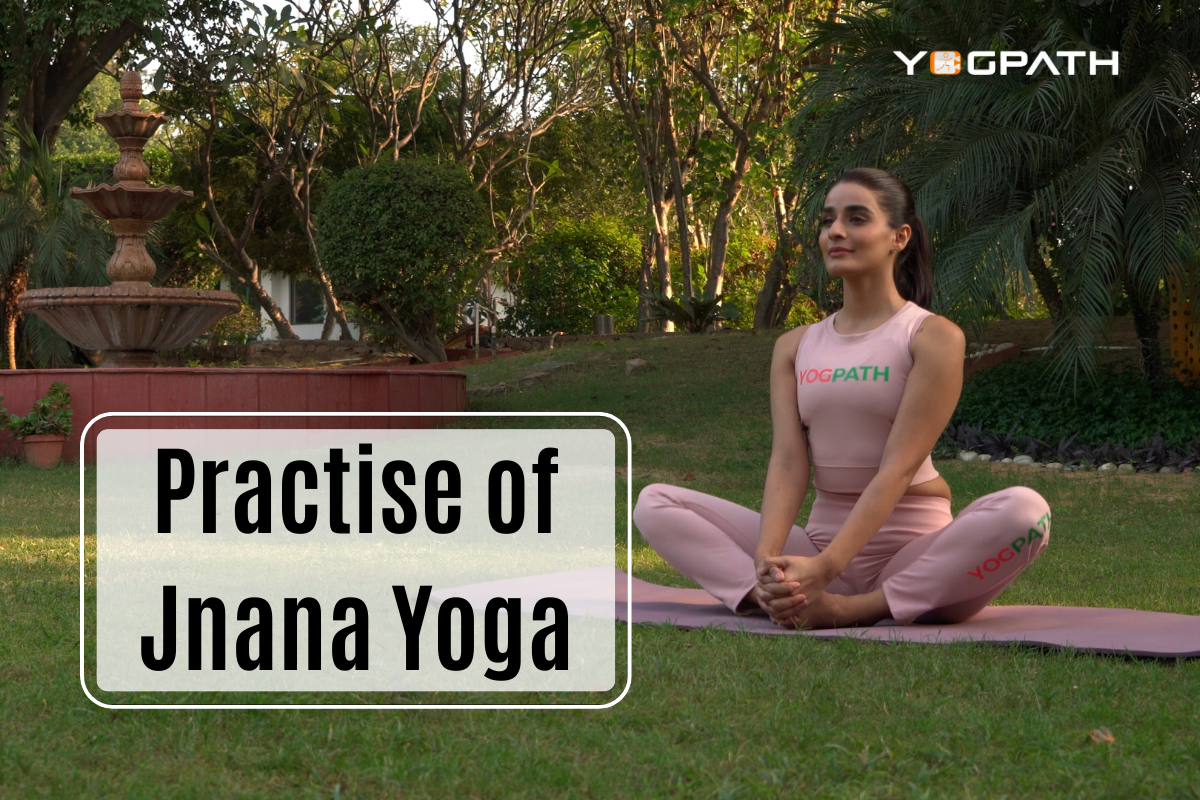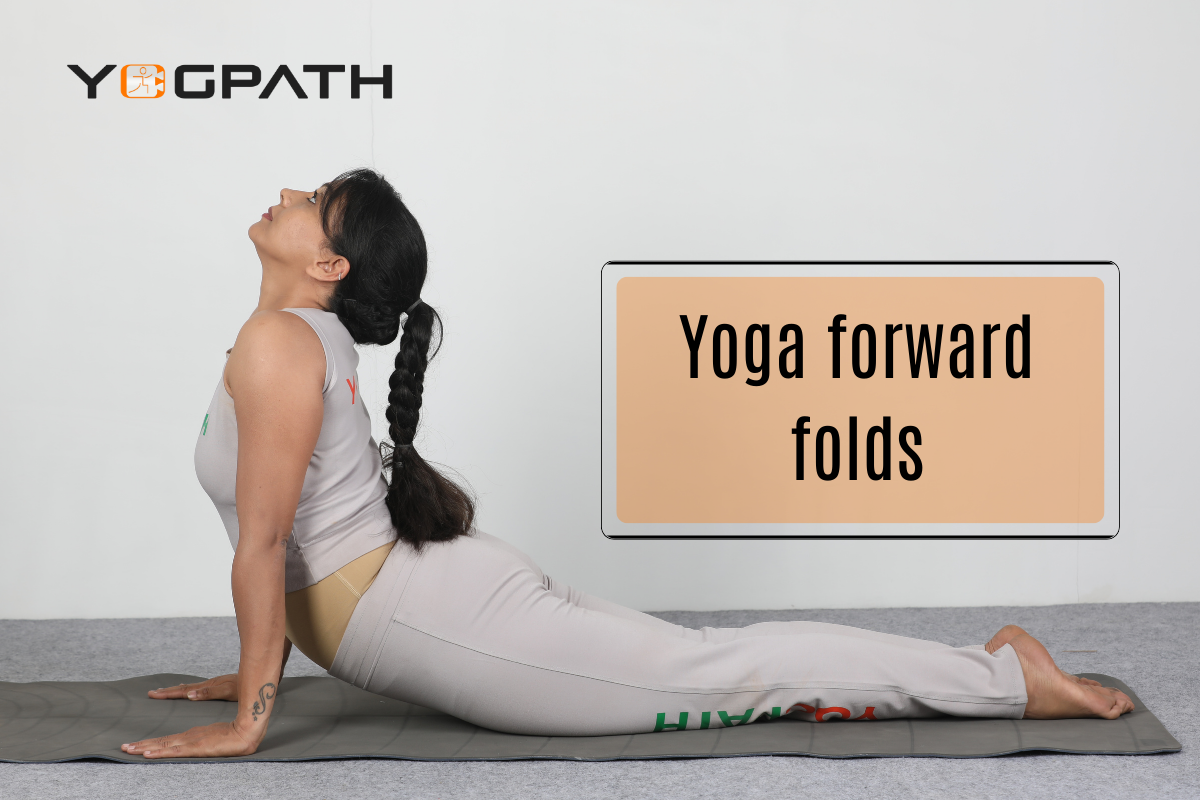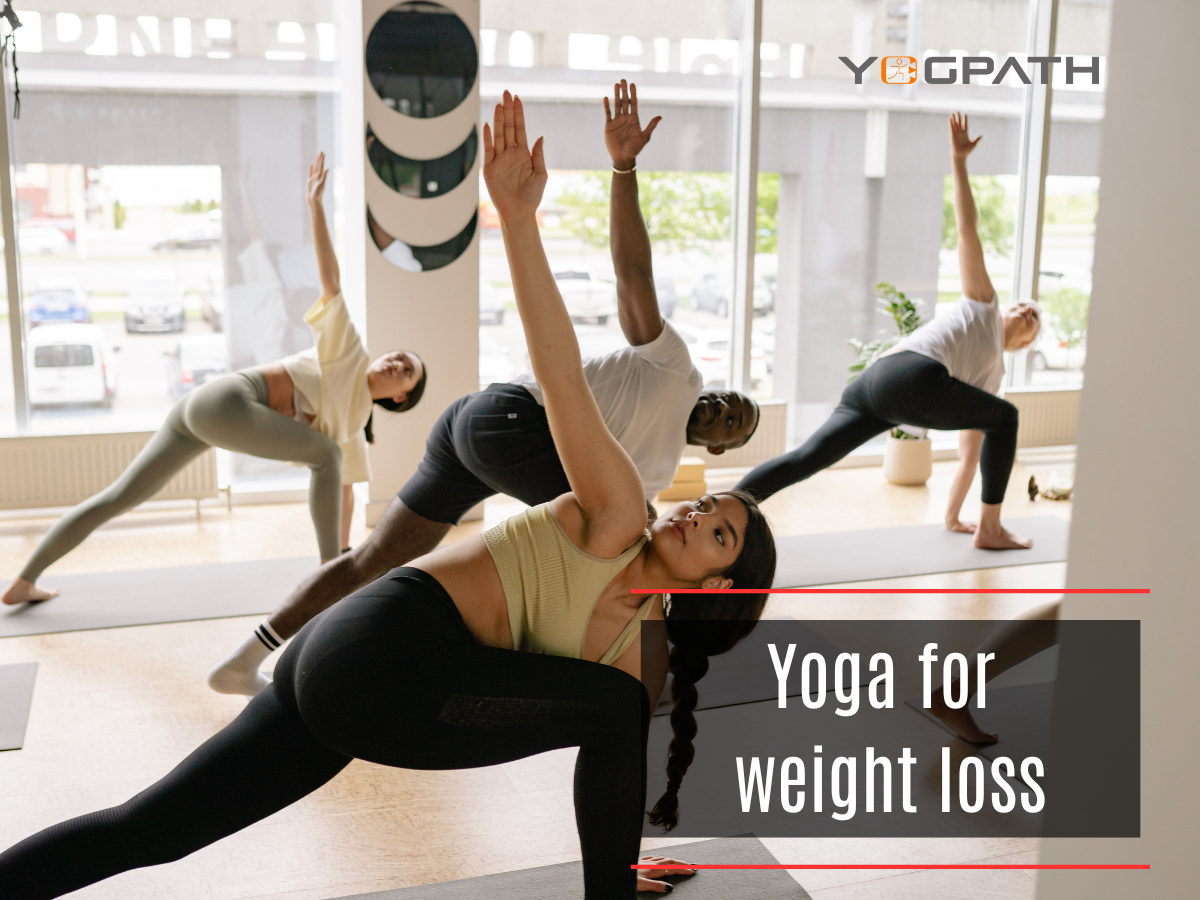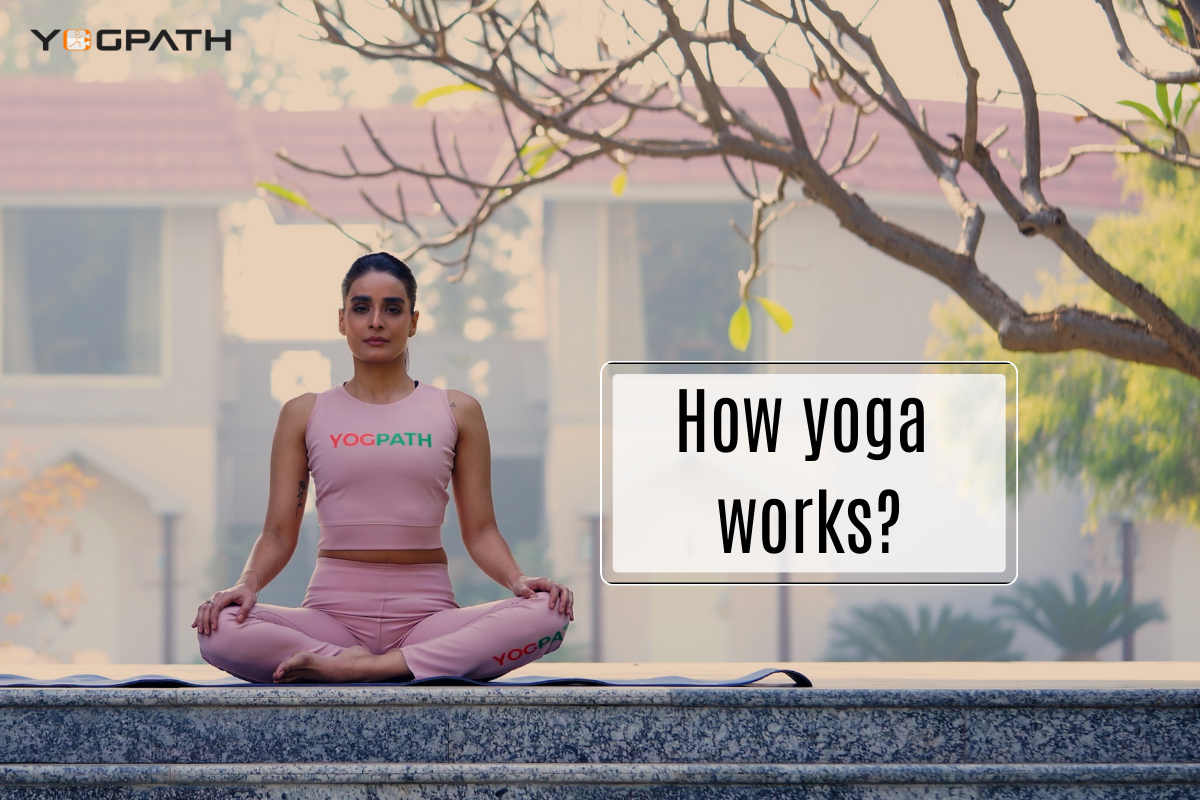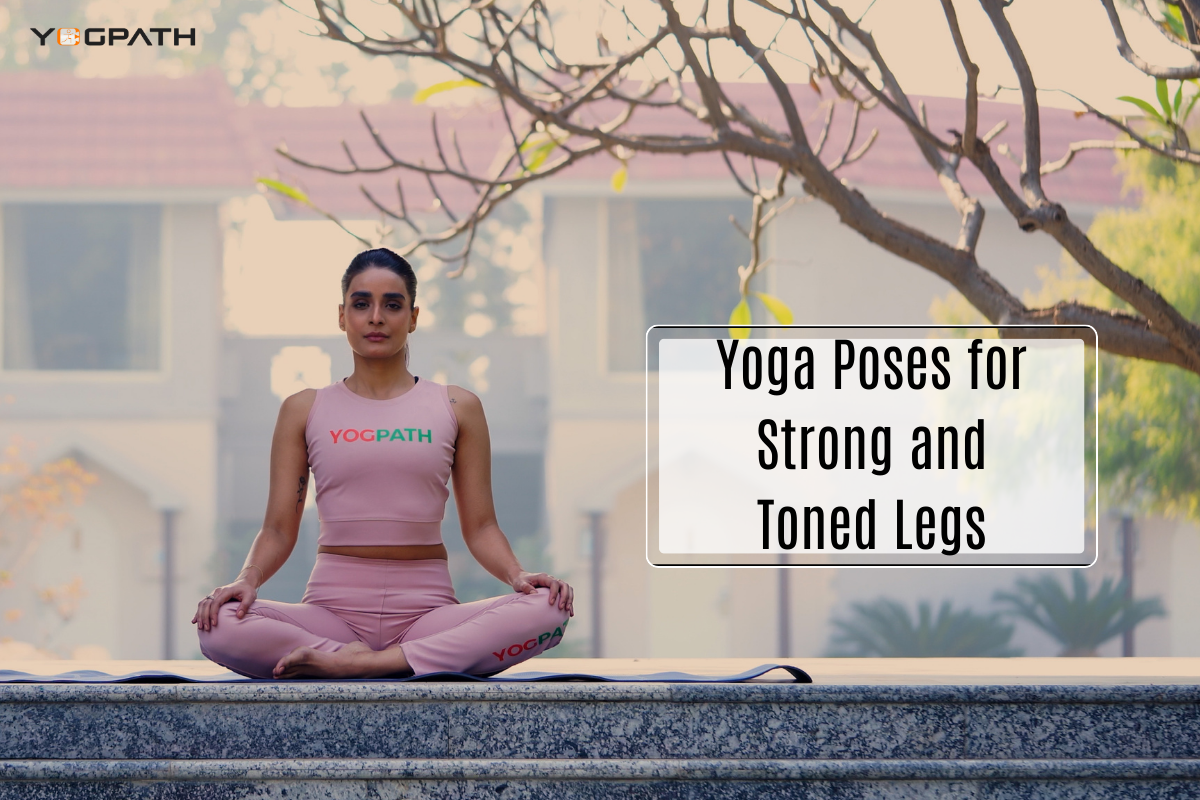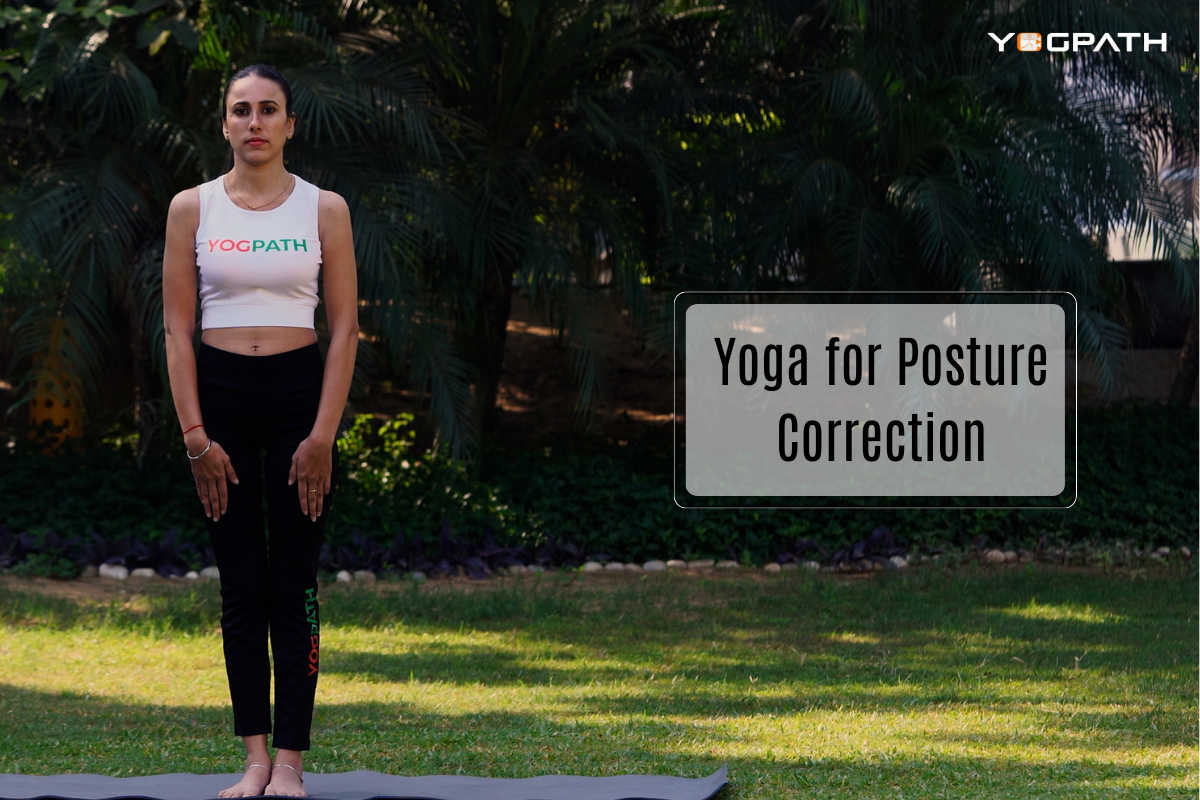
Have you considered meditating but been hesitant because you don’t believe in your own ability to do it? Worried that you’re not the’meditating type’ because you can’t sit still or concentrate?
So that you can experience the benefits of meditation for yourself, let’s debunk some of the more widespread misconceptions about it.
Myth 1: You need to be at peace in order to meditate
To meditate, you need do nothing more than sit quietly and take stock of your surroundings, contrary to popular belief.
Maybe you’re just antsy. Perhaps you’re feeling some tension. It’s possible you’ll feel so angry that you have to smash something. Maybe you’re in a jovial and upbeat mood. Everything is just right.
Learning to just be with all this restless stuff, rather than trying to escape or change it, is what meditation is all about.
Myth 2: Meditation Means You Can’t Think
A common misconception is that the goal of meditation is to achieve mental silence. However, try temporarily “not thinking,” and observe the results… No matter how hard you try, you can’t avoid having thoughts.
You can’t just make your mind stop thinking, but you can learn to give it less importance. Keep an eye on them as they come and go, but don’t interrupt their passage.
You can’t give your full attention to both your thoughts and the experience you’re having in the present moment, so focus on the latter. Putting your mind at rest becomes less of a struggle the more you do it.
Myth 3: Emotional regulation is the goal of meditation
Understanding your feelings rather than suppressing them is the goal of meditation. Fear is at the root of all forms of control.
Openness to reality, rather than your idealised version of reality, is the goal of genuine meditation. Therefore, any and all feelings are encouraged during meditation.
Myth 4: Meditating in a cross-legged position is a necessity
Meditation can be practised while sitting in lotus or in any comfortable position. Meditation, for me, is not about technique but rather, awareness. You can get the same benefits from sitting in a chair as you would from lying down on the floor. You can also prop yourself up on some cushions against the wall if that’s more comfortable for your back.
Myth 5: It’s hard to meditate
It’s not hard at all unless you go into it with the wrong mindset. Something along the lines of needing to have a moment of profound introspection or a mystical awakening. Throw that in the trash. Understanding and accepting your own frail, human nature is at the heart of meditation. There’s no need to alter your personality before discovering it.
Myth 6: There’s Only One Way to Meditate
Only a subset of meditations require the traditional “lotus position” of crossed legs. Qi Gong and Tai Chi, for instance, are forms of movement meditation. This entails a calm, alert state of mind coupled with slow, gentle motions and breathing. Mantras and/or visual imagery are used in other forms of meditation, such as that practised by Tibetan Buddhists. Another form of meditation is “thinking meditation,” in which the practitioner maintains a state of calm concentration while considering philosophical concepts like “impermanence.”
Mindful dishwashing, for example, involves focusing on the sensations of the water and the movements of one’s hands as one washes the dishes. Meditation while eating entails similar practises, with the focus shifting from oneself to the needs of those around you.
Myth 7: Silence and stillness are all that is required
Mindfulness meditation is especially effective at training stable, non-reactive attention, but all forms of meditation can help. Compassion, generosity, and forgiveness are just a few of the virtues that can be cultivated through other forms of meditation. Yet another type, sometimes referred to as “deconstructive meditation,” is designed to foster introspective knowledge about the mind and its processes.
Insight is the culmination of a sequence of meditative practises that begin with attention stabilisation. In addition, the meditator’s intentions and motivations for the practise are likely to be reflected in the results they experience at each stage. Some people meditate to alleviate symptoms of anxiety or back pain; others hope to achieve enlightenment.
Myth 8: Having the ability to “empty the mind” is essential.
Although meditating frequently involves mental stillness, this does not imply mental emptiness. Through practise, meditators cultivate non-reactivity, the skill of observing internal states like thoughts, feelings, and bodily sensations without reacting to them.
Misunderstandings of more advanced forms of meditation, like meditative absorptions, awareness of awareness practises, and some Dzogchen meditations, are likely to blame for the misconception that one needs to empty the mind. Very few typical mental processes, bodily experiences, or emotional reactions accompany these. However, even with constrained cognition, these meditative states exhibit characteristics of calm, clarity, compassion, vigilance, and reflective awareness. At any point in learning meditation, it would be counterproductive to try to impose artificial restrictions on one’s thoughts.
Myth 9: You won’t have to wait for meditation to help you relax.
It’s a common misconception that all you have to do is sit still and your thoughts will magically disappear when you meditate. Beginning practitioners, and those moving into more advanced stages of meditation, often experience a heightened awareness of unhealthy mental habits and behaviour. Some unfavourable outcomes, like heightened anxiety or disorientation, have been linked to such trying experiences. This is why it’s crucial to find a qualified meditation teacher who can advise you on how to deal with experiences like these as they arise during your practise.
Myth 10:We have all the information we need about the advantages
Some forms of meditation have been shown to help with mental health issues like depression and stress. On the other hand, there are additional claims made that haven’t been verified by any credible scientific studies. Evidence for the benefits of meditation, such as a slowing of the ageing process or a decrease in stress hormone levels, is conflicting or lacking.
There is still much we don’t know about the long-term effects of meditation, despite ongoing research into the topic. Studies of meditation’s effects typically track participants for shorter periods of time (eight weeks or one month) than the full range of a person’s meditation practise (years or possibly a lifetime).
Similarly, the benefits of meditation have not been classified according to different practises. There may be variations in the psychological and physiological effects of various meditation practises because of their varied forms and purposes.


